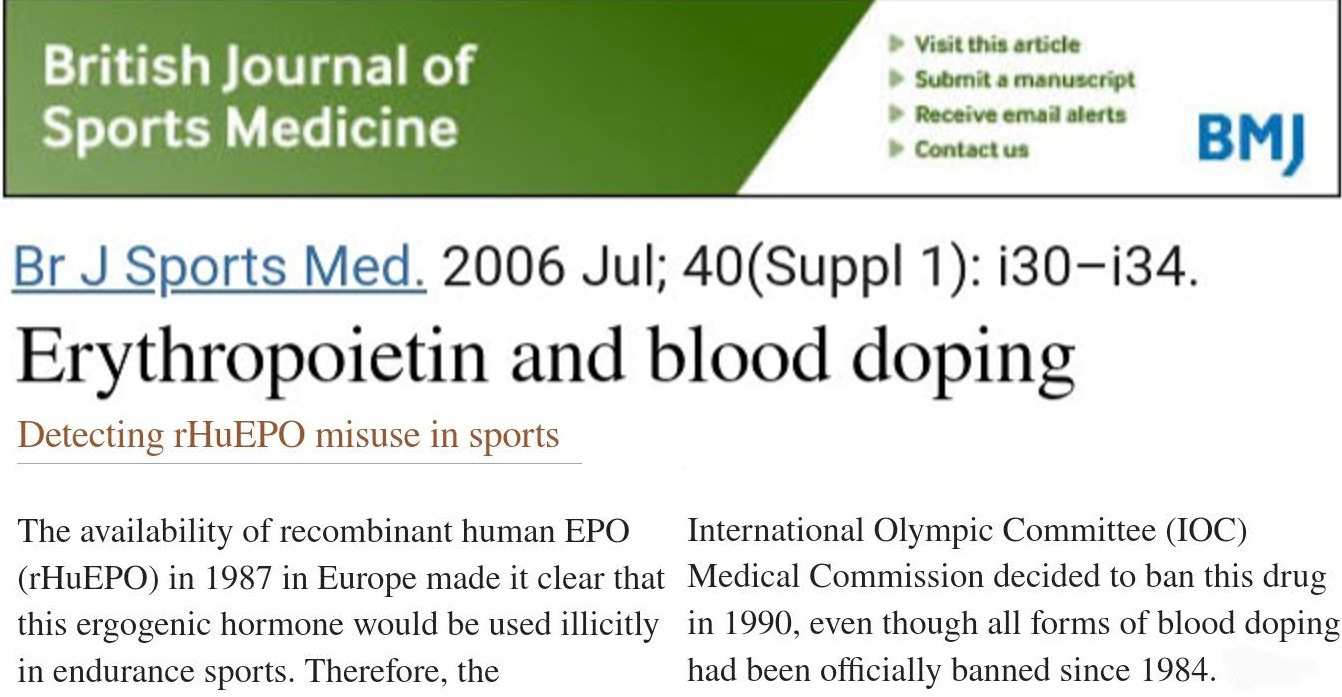The relative progression of the 5,000-meter and 10,000-meter world records in the EPO era
Absolute times are clearly faster thanks to EPO, but most of its specific gains are, as expected, in the longer road distances
Not long ago1, I opined that the Diamond League men’s 5,000 meters in Paris last month, though it didn’t produce a new world record, made perhaps the most powerful distance statement made all year, including any of the marks in the spate of 2023 world track and field records.
Another fast men’s 5,000 unfolded on Friday in Lausanne, Switzerland (meet results). If you watch the race video, you’ll see that the leaders negative-split the race, but not as dramatically as Yomif Kejelcha and Jacob Kiplimo had two weeks earlier in France. Berihu Aregawi’s 3K split was 7:41.50, which projects to 12:49.17 pace and is about six seconds faster than the leader clipped through 3K in Paris.
Ky Robinson, the 2023 Division I outdoor NCAA champion in both the 5,000 meters and the 10,000 meters, must have felt something of an unexpected wallop out there, finishing far behind two loose foursomes of East Africans and close to the two Europeans in the race. One of those East Africans, a kid who would probably be heading into his senior year of high school if he lived in the United States instead of Ethiopia, popped a 13:03. That kind of time in June would probably get a few college coaches’ attention even if he didn’t prove a superior student.
The U.S. contingent at the 2023 World Athletics Championships in Budapest, Hungary next month, whatever the composition of its 400 or so pounds of man-meat, will have a challenge breaking into the medals in this event. The above race included no Kenyans—there’s probably a sale on triamcinolone at the Iten Village CostCo this weekend—and was missing Kejelcha and Kiplimo. Uganda alone, in Joshua Cheptegei and Kiplimo, now has two active runners with an average personal best of 12:38.55.
In recent post2 I declared that the arrival of synthetic erythropoietin (EPO) on the athletics scene circa 1990 had made a mockery of most formerly reliable methods for predicting how world-class athletes would perform in very long road distances based on their track-distance times.
I asserted that within the range of 1,500-meter to 10,000-meter races, the Purdy tables remain useful for the average highly-trained competitive runner, using the example of NCAA Division I athletes, but are no longer useful for world-class runners. While noting that most of the specific benefits of a drug boosting oxygen-carrying capacity are seen in the longer road events, I hypothesized that the main reason pro-runner times no longer drop off with increasing distance like the did until the 1990s, even within the range of Olympic track distances, isn’t better shoes, or newer training methods, or a different stock of human capital; it’s doping with EPO and its known (and unknown, at least to us*) derivatives.
Below I will apply some of the same ideas to a small slice of the long-distance running events already limited to the track, and only at world-class runners, who can be assumed at any point in history, moving backward and forward, to be using whatever demonstrably helpful substances and biophysical adjuncts they can get away with using, banned or otherwise. This is because I am interested in whether there is evidence EPO has preferentially affected the 10,000 meters compared to the 5,000 meters; clearly, the issue of whether EPO has helped times in both events is already settled.
Since EPO confers enormous percentile boosts in the half-marathon and marathon compared to the suite of track distances, it essentially has to help a given 10K runner more than it helps the same 5K runner, even if the difference is small. Because I am using individual rather than group data, this, like any such analysis, is brimming with inherent statistical perils; but when looking at the very best of the best humans, by definition, using group data is senseless, because building groups means diluting the level of excellence under scrutiny.
Before synthetic EPO, “blood doping” had a different and specific meaning (autologous transfusion), and plenty of world-class runners were caught doing it. But having blood withdrawn and frozen and re-injected weeks later is almost as laborious as looking up dates without Duck Duck Go, so when synthetic EPO (in this case “recombinant” EPO; it takes little imagination to picture the money-stream available to pharma once they could mass-produce various hormones and other endogenous bioactive molecules that only native human DNA could once be used as a blueprint for making) became available, doping became vastly easier. And remember, there was no direct test for its use until the summer of 2000.
It is safe to assume that the records highlighted in blue were the last ones in each column with no possibility of being affected by EPO. I also highlighted the current world record in each event in red in case their identities were somehow unclear.
At the start of the 1990s, the ratio of the men’s 10,000-meter record to the men’s 5,000-meter record was 2.0919 times the men’s; on the women’s side, where one woman held both records, the corresponding ratio was 2.0673.
Based on the 5,000-meter records of today, 12:35.36 and 14:05.20, had those same ratios held, the men’s and women’s 10,000-meter world records would be 26:20.14 and 29:07.28. Conveniently, the same man holds both men’s records, and the women’s 10,000-meter record-holder’s 5,000-meter best is within 1.42 seconds of the world record. And we can see that both Cheptegei and Letesenbet Gidey have slightly outperformed pre-EPO expectations, or at least pre-EPO data points.
But has the improvement really been “slight”? Another way to look at this shift is that a drop of 23.03 seconds in the men’s 5,000-meter record between the late 1980s and the present “should have” produced a drop of (2.0919)(23.03) = 48.18 seconds in the 10,000-meter record. Instead, the current record is 57.23 seconds faster, which is 18.8 percent more than “expected.”
On the women’s side, the improvement has been less pronounced, with the 10,000-meter record dropping by 72.71 seconds instead of the “expected” 66.46, a difference of 9.4 percent—exactly half of the gain seen on the men’s side. But rather suggesting that women have been held back from achieving the same jump in a specific form of running endurance, this exposes the hazards of relying on two snapshots of a single person. Ingrid Kristiansen is Norwegian and spend a lot of time on cross-country skis, basically a marker for old-school blood-doping in her competitive days. She had almost the same competitive profile as any known or strongly suspected contemporary EPO user, somehow parlaying an 8:34 3,000 meters into a 1:06:40 half-marathon and never looking properly wiped out.
The reason this is interesting is because it gives a glimpse, albeit a blurry one, into the differential energetics of an all-out effort lasting about 15 minutes and one lasting twice that long.
If you play with the data available here, you discover that, according to the NCAA, at the University of Colorado track, which is 5,260 feet above sea level, the 1,500 meters is compromised by 2.28 percent, the 3,000 meters by 2.78 percent, the 5,000 meters by 2.98 percent, and the 10,000 meters by 3.56 percent. This is the result of running events becoming—and this excludes a lot of helpful yada yadas—“more aerobic” at a cellular level with increasing race distance, or, to be precise, increasing all-out effort duration (a 30:00 5K runner’s time would be compromised at Potts Field by 3.56 percent, not 2.98 percent. Approximately).
Dividing the 10K “penalty factor” by the 5K penalty factor gives 3.56/2.98 = 19.5 percent. That’s very close to the difference between the real improvement and the expected improvement in the men’s 10,000-meter record, based on the improvement in the men’s 5,000-meter record. That’s surely a coincidence, but it’s best to assume it’s not and share this post with others, as if nothing else it sure was a fun way to implicate Ingrid Kristiansen of cheating (and I’m hardly the first) without setting out to do just that.
See below. But not yet.
My first job in the publishing—in fact, one of few full-time positions I’ve held in that industry—was at a small daily newspaper in 1997. A wise editor there told me that “recent” and “recently” were the go-to words to use when avoiding the task looking up specific dates of newspaper articles, or really anything, which was a far more laborious job before the advent of Internet search engines.
This works for journalists in roughly the same way “within an order of magnitude” does for theoretical physicists and cosmologists who yabber about superstrings and quantum foam. And, although dates are now easy to find (and in fact hard to miss much of the time), I now waste the time I would have spent researching dates on writing long, wildly unhelpful footnotes, though not often enough to discourage anyone from reading them. Yet. Suckers.






